Honoring Dong Architectural Heritage
In China’s southeastern provinces, the Dong ethnic minority showcases remarkable skills in wood construction. Without nails, they create durable structures from whole tree trunks, demonstrating resilience against earthquakes for centuries. Inspired by this tradition, Condition_Lab, an alternative architectural practice, has erected a timber children’s library, paying homage to Dong architecture.
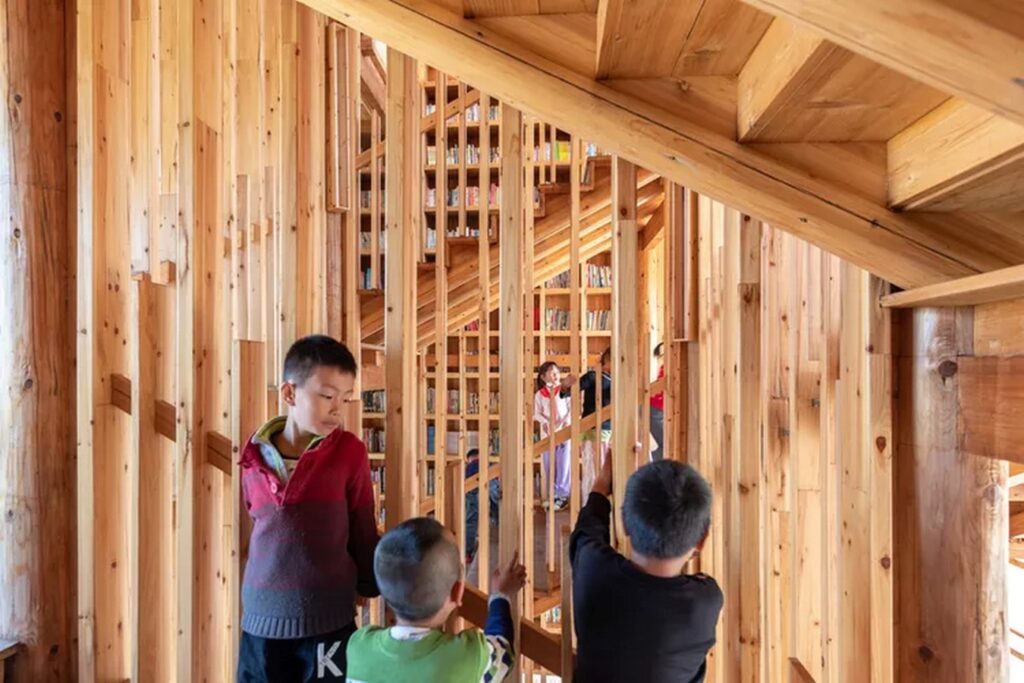
Embracing a New Village Library Paradigm
Named Pingtan Book House, this innovative children’s library redefines traditional concepts of architecture in rural China. With a design that incorporates a staircase as a focal point, the library embodies a sense of infinite exploration. Its walls feature bookshelves and windows, offering a serene view of a courtyard.
Challenging Modernization with Tradition
Condition_Lab highlights the decline of Dong architectural heritage due to the influx of concrete, which threatens the cultural identity of entire villages. To counter this, the Pingtan Book House emerges as a beacon of tradition amidst a sea of concrete structures. Constructed solely from timber, with minimal use of foreign materials like polycarbonate, the library preserves Dong carpentry techniques, including the iconic ‘Dragon Joints.’

Lessons Learned: Culture, Discipline, and Sustainability
The project underscores two critical lessons. Firstly, it reinforces the relevance of cultural heritage and traditional craftsmanship, instilling pride and practical skills in future generations. Secondly, it challenges the prevailing notion of architecture as a purely commercial endeavor, emphasizing the social impact and sustainability inherent in purposeful design.
Promoting Sustainable Alternatives
By showcasing the practicality and sustainability of timber construction, the Pingtan Book House advocates for a shift away from carbon-intensive concrete. In light of past tragedies like the Sichuan earthquake, which exposed the dangers of substandard concrete structures, the library stands as a safer and more eco-friendly alternative.
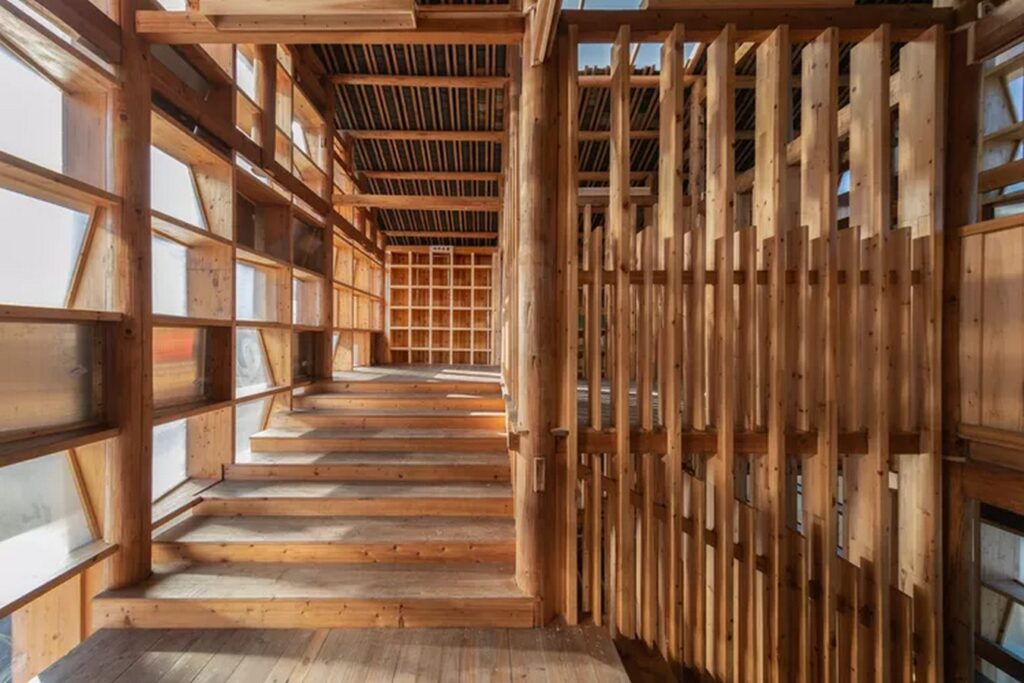
Reviving Cultural Heritage Through Design
Condition_Lab envisions the Pingtan Book House as a catalyst for cultural revival, reconnecting children with their heritage and inspiring a sense of wonder. By fostering ‘living heritage,’ the library promotes direct engagement with Dong culture, encouraging appreciation and preservation for generations to come.
Towards Inclusive Architecture
While celebrating traditional architectural techniques, it is essential to ensure accessibility for all. As ‘stairs as chairs’ buildings gain popularity, efforts must be made to adapt Dong architectural DNA to accommodate universal accessibility, ensuring that everyone can benefit from its beauty and sustainability.


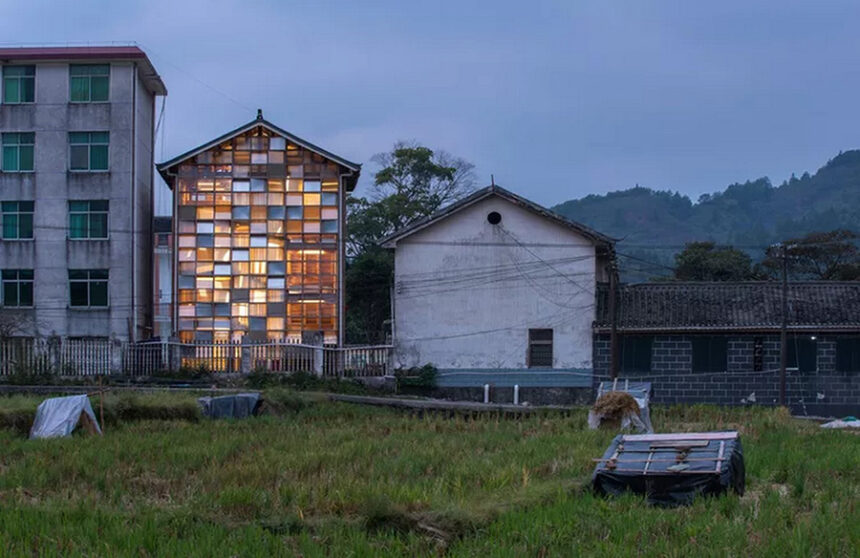
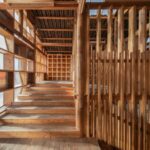
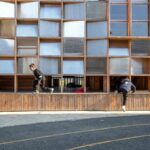
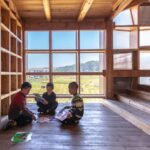
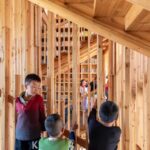

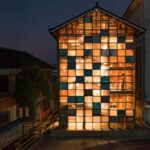
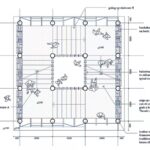
Leave a Reply